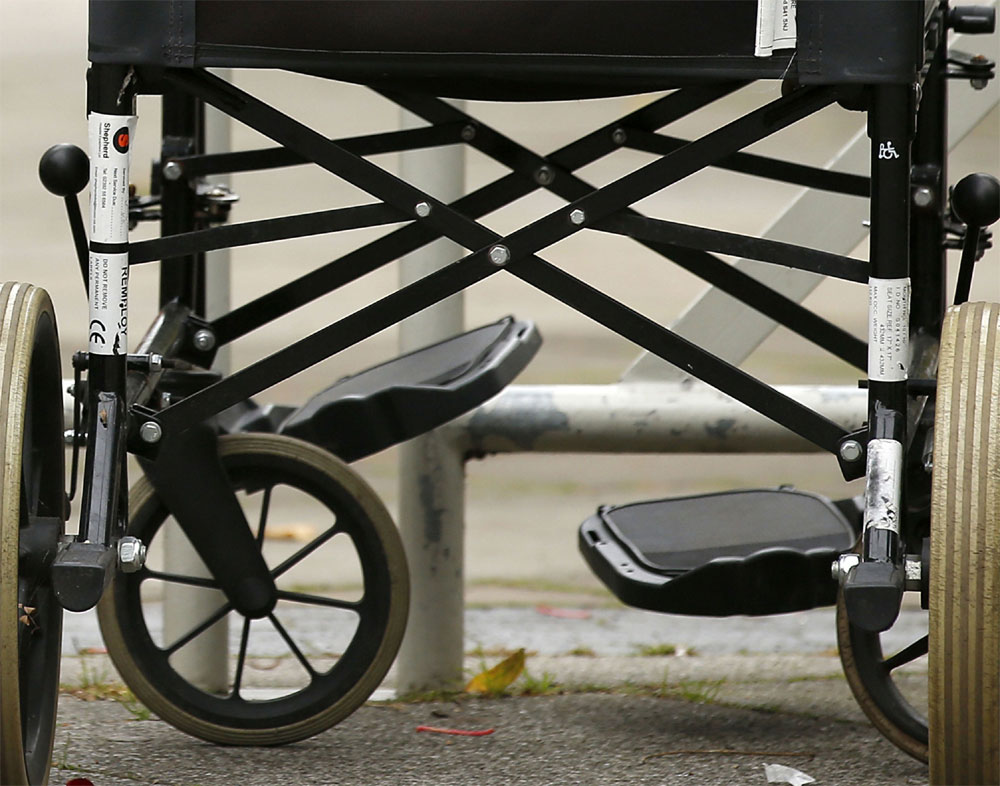Spinal cord stimulation and physical therapy have helped a man paralysed since 2013 regain his ability to stand and walk with assistance, say scientists, offering hope to people with backbone injury.
With an implanted stimulator turned on, the man was able to step with a front-wheeled walker while trainers provided occasional assistance, according to the research published in the journal Nature Medicine.
He made 113 rehabilitation visits over a year, and achieved results during individual sessions, said researchers from the University of California, Los Angeles (UCLA) and Mayo Clinic in the US.
"What this is teaching us is that those networks of neurons below a spinal cord injury still can function after paralysis," said Kendall Lee, a neurosurgeon and director of Mayo Clinic's Neural Engineering Laboratories.
In the study, the man's spinal cord was stimulated by an implanted electrode, enabling neurons to receive the signal that he wanted to stand or step.
Currently, as a safety precaution, the patient takes steps only under the supervision of the research team.
The man, now 29, injured his spinal cord at the thoracic vertebrae in the middle of his back in a snowmobile accident in 2013.
He was diagnosed with a complete loss of function below the spinal cord injury, meaning he could not move or feel anything below the middle of his torso.
In the study, which began in 2016, the man participated in 22 weeks of physical therapy and then had an electrode surgically implanted by Lee and his team.
The implant sits in the epidural space -- the outermost part of the spinal canal -- at a specific location below the injured area.
The electrode connects to a pulse generator device under the skin of the man's abdomen and communicates wirelessly with an external controller.
The research team then tried to determine if the man could stand and walk with assistance.
During 113 rehabilitation sessions, the researchers adjusted stimulation settings, trainer assistance, harness support and speed of the treadmill to allow the man maximum independence.
The research demonstrated that the man was able to walk over ground using a front-wheeled walker and step on a treadmill placing his arms on support bars to help with balance.
However, when stimulation was off, the man remained paralysed.
In the first week, the participant used a harness to lower his risk of falling and to provide upper body balance. Trainers were positioned at his knees and hips to help him stand, swing his legs and shift his weight.
Since the man did not regain sensation, he initially used mirrors to view his legs, and trainers described leg position, movement and balance.
By week 25, he did not need a harness, and trainers offered only occasional help. By the end of the study period, the man learned to use his entire body to transfer weight, maintain balance and propel forward, requiring minimal verbal cues and periodic glances at his legs.


























